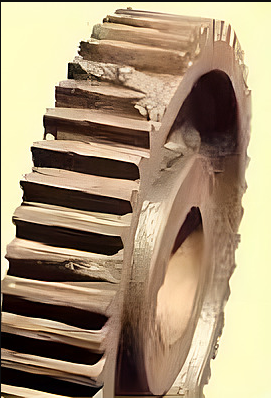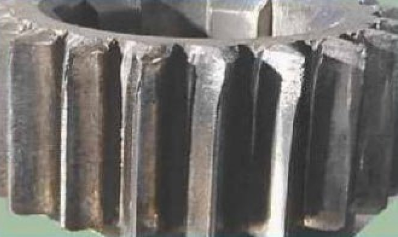The lifetime of a gear depends on several factors, including material quality, operating conditions, maintenance, and load capacity. Here’s a breakdown of key factors affecting gear lifespan:

1. Material & Manufacturing Quality
High-quality steel alloys (e.g., hardened 4140, 4340) last longer than cheaper metals.
Heat treatment (case hardening, carburizing, nitriding) improves wear resistance.
Precision machining (grinding, honing) reduces friction and extends life.
2. Operating Conditions
Load: Excessive or shock loads accelerate wear.
Speed: High RPM increases heat and fatigue.
Lubrication: Poor or contaminated lubrication shortens lifespan.
Environment: Dust, moisture, and corrosive chemicals degrade gears faster.
3. Maintenance & Wear Prevention
Regular oil changes and contamination control.
Proper alignment and tension (for gear trains and belts).
Monitoring for pitting, spalling, or tooth wear.
4. Typical Gear Lifespans
Industrial gears (well-maintained): 20,000–50,000 hours (~5–15 years).
Automotive transmissions: 150,000–300,000 miles (depends on driving conditions).
Heavy machinery/off-road: 10,000–30,000 hours (subject to extreme stress).
Cheap/low-quality gears: May fail in <5,000 hours under heavy use.
5. Failure Modes
Wear: Gradual material loss due to friction.
Pitting: Surface fatigue from repeated stress.
Tooth breakage: Overloading or material defects.
Scoring: Poor lubrication leading to metal-to-metal contact.
How to Extend Gear Life?
Use high-quality lubricants and change them regularly.
Avoid overloading and misalignment.
Conduct vibration analysis and wear monitoring.
Replace gears before catastrophic failure (e.g., unusual noise, vibration).


Post time: Aug-26-2025





